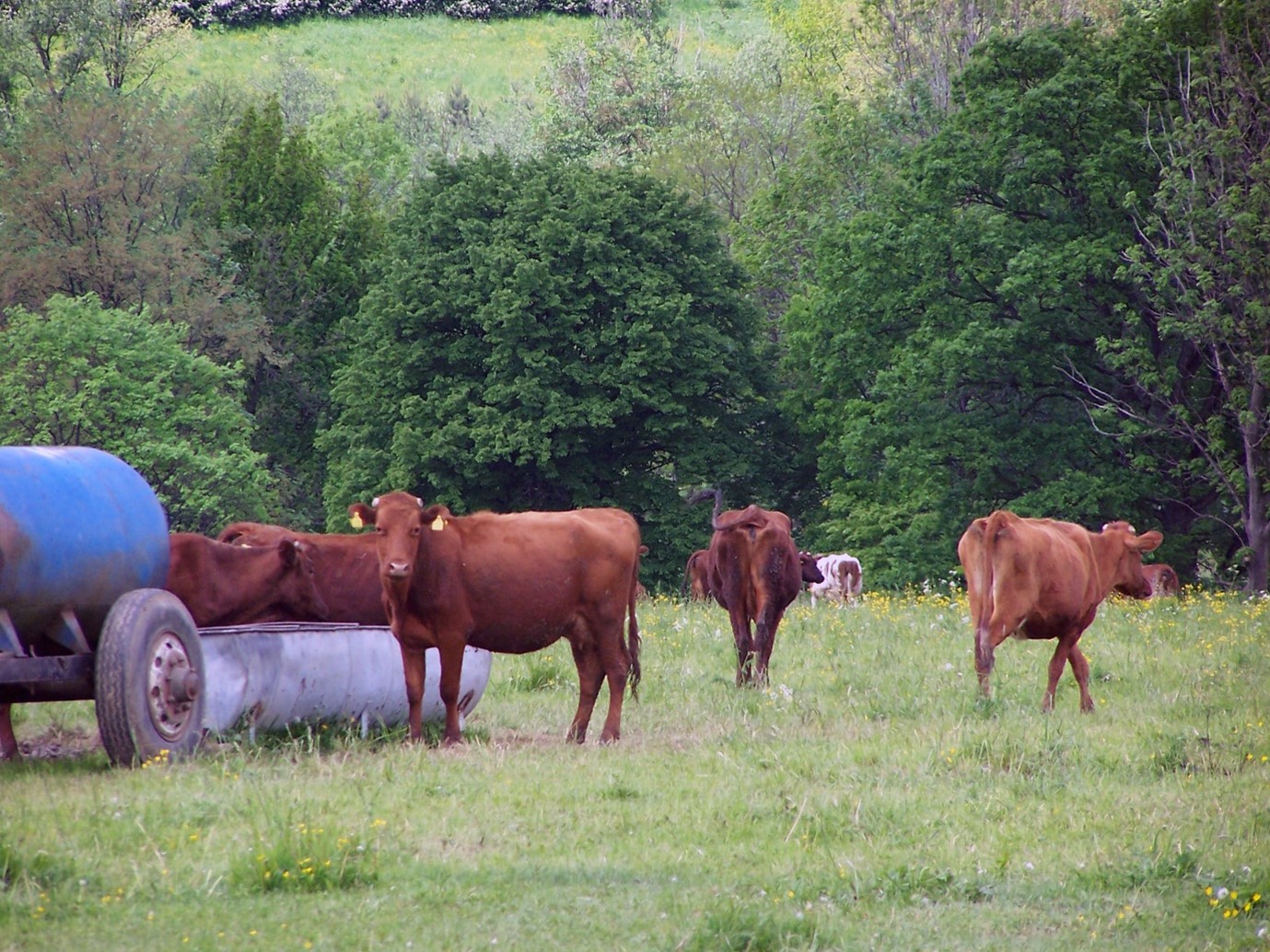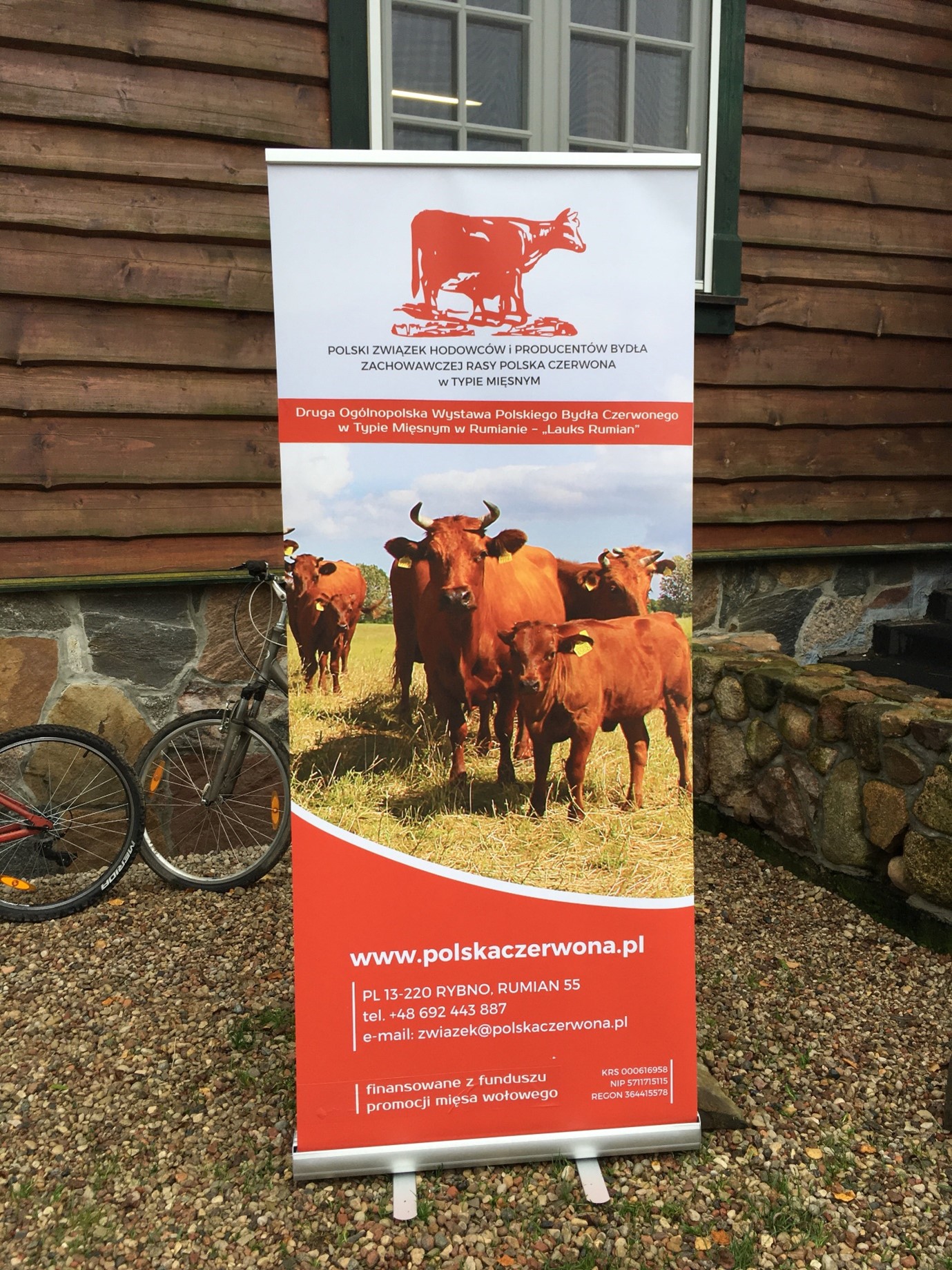Local dairy cattle breeds cattle should have maintained hardiness and natural adaptation for low-input production systems.Therefore, these breeds could have advantages for functional traits, such as fertility, disease resistance, and longevity, which have a large impact on profitability of dairying, kept for both milk and meat. Advantages for functional traits could result in lower input costs for animal management and replacement costs (Groen et al., 1997), and an assessment of local breeds for the functional traits is necessary to develop genetic improvement programs that are sustainable (Olesen et al., 2000). Low milk production can be an advantage for use as suckler cows, e.g. Polish red cows, but also promote the preservation of the genes of the local breed. A pilot test was implemented in the experimental farm belonging to Piotr Rydel, President of Red Polish Beef Cattle.

Polish red, –a Polish breed of domestic cattle of uniform red color from the dairy-meat family. This breed is descended from small wild brachyceric (short-horned) cattle found in eastern Central Europe and Scandinavia. She was identified in 1901 by Leopold Adametz. In the interwar period, this breed accounted for 25% of the Polish cattle population. In 1982, the conservation area of the red cow was closed and replaced by more efficient breeds and crossbreeds, which led to a decline in the Polish red breed's population to 26 thousands, but it’s growing slowly year to year.. Since … , the Red Cow is included in the Arka Taste biodiversity restoration program located in Dolny Śląsk region. The program aims to pay attention to endangered food products (e.g. plants, animals breeds and meals with technology of production) and thus support their restoration in individual local communities. Many animals are under the care of the Cistercian fathers from Szczyrzyc. The low milk production cows become the suckler moms feeding their own offspring. In some cases the additional calve is added to consume excess of milk.

Hardiness and natural adaptation for local, low-input production systems can be advantageous for functional traits, such as fertility, disease resistance, and longevity. This can result in lower input costs for animal management and replacements costs, which have a large impact on profitability of dairying. Farmers receive premium payments for keeping herd of 4 animals at least.
The red polish cows are the best suckler cows I ever had – says Mr. Piotr Rydel.
Further information